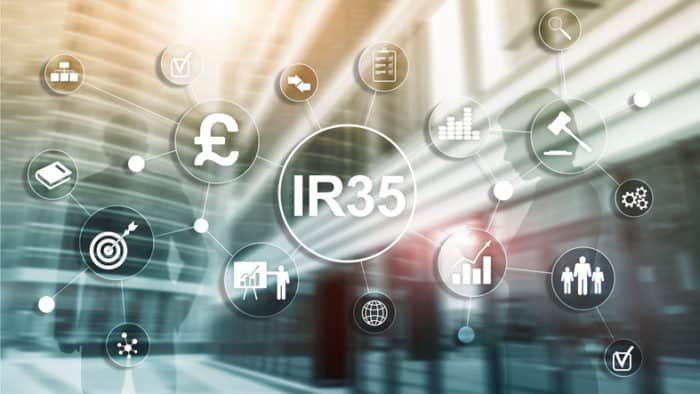What is IR35?

IR35 is a set of tax rules which form part of the Finance Act. The original part of legislation came into force in April 2000 and is correctly known as the Intermediaries Legislation. IR35 takes its name from the original press release published by the then Inland Revenue informing of its creation.
IR35 is a term used to define two sets of tax legislation that are intended to combat tax avoidance by workers, and the firms hiring them, who are supplying their services to clients via an intermediary, such as a limited company, but who would be an employee if the intermediary was not utilised.
Such workers are called ‘deemed employees’ by HMRC. If caught by IR35, they must pay income tax and National Insurance Contributions (NICs) on a deemed salary as if they were employed.
In April 2017 the Government introduced the “Off-Payroll Reforms”, which is a separate piece of new tax legislation that applies to the public sector, but which is also referred to as “IR35.” These rules are to be extended to the private sector from April 2020.
The new Off- Payroll rules present a different a tax treatment, meaning that the paying client will now have to assess the contractor’s status, and pay employment taxes on top of the fees paid to the contractor. This new tax is now usually referred to as the “Off-Payroll Tax”.
IR35 Rules Summary
In brief, IR35 involves applying three main principles to determine employment status from the Ready Mixed Concrete case. These are known as the principal ‘tests of employment’:
- Control: what degree of control does the client have over what, how, when and where the worker completes the work.
- Substitution: is personal service required from the worker, or can the worker send a substitute in their place?
- Mutuality of obligation: is the employer obliged to offer and is the worker obliged to accept the work.
Other issues are then taken into account to determine whether you are caught by IR35 include the contract form, whether you are taking a financial risk, if you are ‘part and parcel’ of the enager’s organisation, being in business on your own account and provision of equipment.
All this evidence is considered, and if the balance of probabilities is that the worker is an employee then IR35 applies.
If you would like information on our IR35 contract review services or further information on this topic please contact us today.
Related News Articles
Have You Claimed Your Capital Allowances in Time?
COMPANIES WITH Y-E 31 DECEMBER MUST CHECK NOW IF THEY HAVE CLAIMED ALL THEIR ALLOWANCES YESTAX IS UNDERTAKING ENTITLEMENT REVIEWS TO ENSURE NO OPPORTUNITY OR DEADLINE IS MISSED Have you purchased or significantly improved your commercial property in the last 2 years? Extended, renovated, refurbished or fitted-out? To get the best, accelerated reliefs…
Claiming R&D Tax Credits?
COMPANIES WITH YE 31 May 2025 MUST NOW PRE-NOTIFY HMRC; AND COMPANIES WITH YE 31 DECEMBER 2023 HAVE A CLAIM DEADLINE OF 31 DECEMBER 2025 – BUT NO NEED TO MAKE A PRE-NOTIFICATION YESTAX IS UNDERTAKING CLIENT REVIEWS TO ENSURE NO OPPORTUNITY OR DEADLINE IS MISSED Are you an R&D claimant, or…
Mileage Tax Relief Guide
Guide to Claiming Tax Relief on Mileage Expenses (Where Reimbursed Below HMRC Rates) Step 1: Confirm Eligibility You may claim tax relief if: - The mileage relates strictly to business travel (not ordinary commuting). - You are using your own vehicle. - Your employer reimburses you below the HMRC Approved Mileage Allowance Payments (AMAP): -…